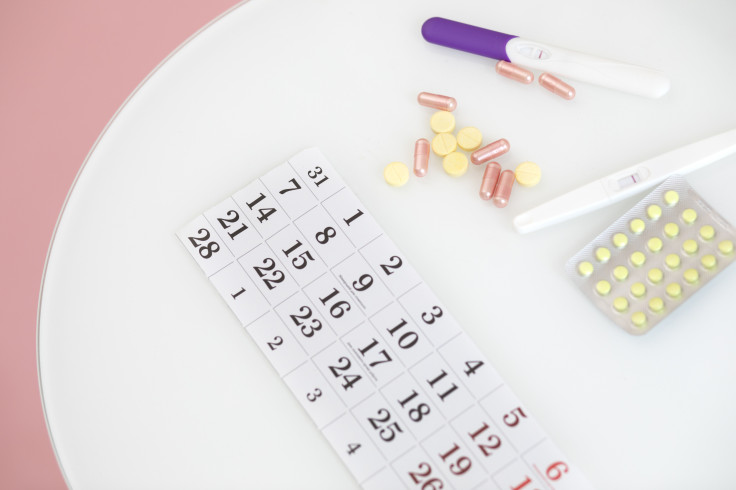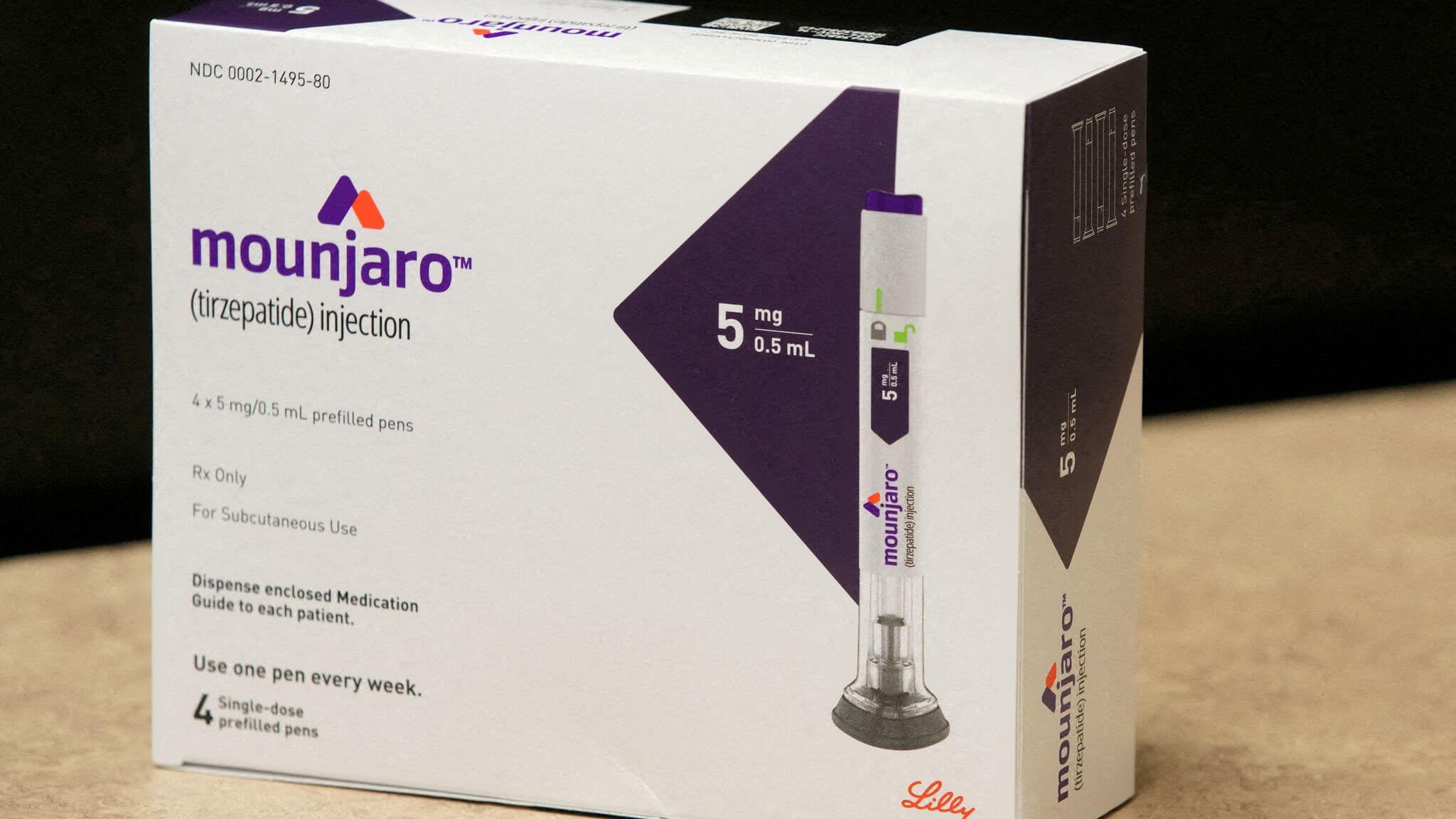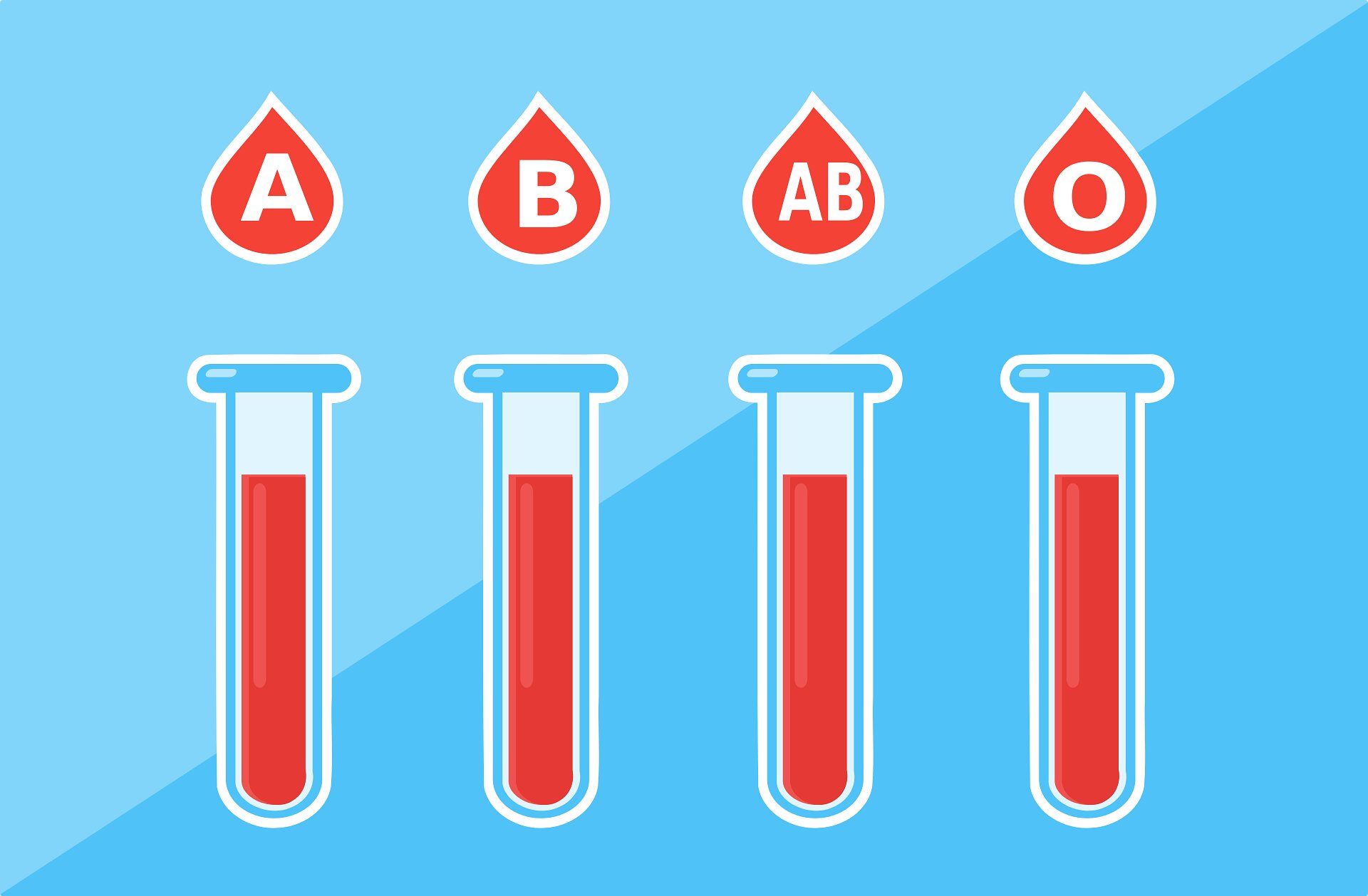Study links this popular contraceptive method to increased risk of heart attack, stroke
Sat 15 Feb 2025, 14:24:03

A recent study found that hormonal contraceptives have a higher risk of heart attack and stroke. The study was published in The British Medical Journal (BMJ) and the researchers followed more than 20 lakh women in Denmark for more than 10 years. Hormonal contraceptives are methods of birth control that use synthetic hormones to prevent pregnancy. These work by regulating a woman's hormonal cycle to prevent ovulation, thickening cervical mucus to block sperm from reaching the egg and altering the uterine lining to prevent implantation of a fertilized egg.
One of the most commonly used hormonal contraceptives is birth control pills and millions of women across the globe take these contraceptive pills. In the new study, researchers from the University of Copenhagen said that while the overall risk remains low, clinicians should consider the potential risks before prescribing them.
The researchers found that the commonly used hormonal contraceptive was the combined oestrogen-progestin pill. The researchers then found that these pills doubled the risk of ischaemic stroke and heart
attack.
attack.
The researchers said that the results translated to one extra stroke for every 4,760 women using the combined pill for one year, and one extra heart attack for every 10,000 women per year of use.
They stressed that even though the risk remains low, given the widespread use and seriousness of the conditions, clinicians should consider the potential risks when prescribing hormonal contraceptives. Authors wrote, "Use of contemporary oestrogen-progestin and progestin-only contraceptives was associated with an increased risk of ischaemic stroke and, in some cases, myocardial infarction."
The researchers said that previous studies have found an increased risk of cardiovascular events due to using hormonal contraceptives, but the findings have been inconsistent and outdated.
The results of the study also revealed that non-oral contraceptives, such as the vaginal ring and patch, had higher risks. The vaginal ring increased ischaemic stroke risk by 2.4-fold and heart attack risk by 3.8-fold, while the patch increased ischaemic stroke risk by 3.4-fold.
No Comments For This Post, Be first to write a Comment.
Most viewed from Health
AIMIM News
Latest Urdu News
Most Viewed
May 26, 2020
Where should be the burial of the pilgrims martyred in the Saudi Arabia bus accident?
Latest Videos View All
Like Us
Home
About Us
Advertise With Us
All Polls
Epaper Archives
Privacy Policy
Contact Us
Download Etemaad App
© 2025 Etemaad Daily News, All Rights Reserved.

























.jpg)
.jpg)
.jpg)


